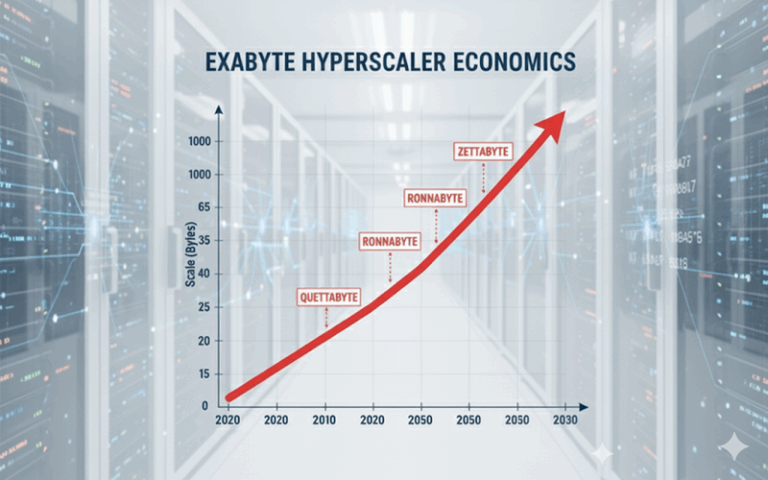Exascale object store company MinIO has engineered a new line of AIStor-powered pod services for private cloud modernisation. Although it sounds exclusively like hardware, the MinIO AIStor is a software-defined Amazon S3-compatible object store that will run anywhere i.e. from the public cloud to private to the IoT edge. Given that exascale ultra-supercomputing sees systems performing billions of computations per second on an infrastructure of CPUs and GPUs to process and analyse data, how will private cloud users cope with this firehose of power?
MinIO AIStor object store software is now pre-integrated as AIStor-powered pod services, beginning with certified AIStor on Supermicro. This means users will be able to pair the familiarity and convenience of appliance-oriented purchasing with the power and flexibility of the cloud operating model.
Let’s buy some cloud
For global organisations with standardised IT procurement and large-scale infrastructure needs, purchasing and deploying storage software and hardware separately to create storage pods can add friction to the procurement process.
Taking a page out of the “Hyperscaler Economics” playbook (see below), MinIO says it is combining standardised, certified hardware and highly optimised object store software into a hardened single-node stock keeping unit (SKU), which helps with streamlining procurement of storage pods with a pre-integrated, pre-configured and ready-to-deploy solution.
“Appliance-based solutions tightly couple hardware and software together so you’re locked into those respective vendors, which makes long-term flexibility difficult,” said Mahesh Patel, chief business officer, MinIO. “AIStor pods deliver the simplicity of the appliance purchasing model paired with full cloud-operating model flexibility, enabling customers to easily and cost-effectively consolidate all of their data onto a modern, AI-ready private cloud infrastructure.”
A hyperscaler economics playbook?
Although there is no officially recognised hyperscaler economics playbook as such, MinIO is making a general reference to the financial and operational model behind the core concepts of cloud-based Software-as-a-Service (SaaS) computing, data storage, analytics and now AI etc. Through a dedicated focus on Operational Expenditure (OpEx) as opposed to Capital Expenditure (CapEx), hyperscaler economics – and now, exabyte hyperscaler economics – features the same elastic usage pricing, potential sustainability advantages (although many of them are often lost, overlooked or bypassed) and perhaps more negatively, the same proclivity for ecosystem lock-in to arise.
“Enterprises are quickly discovering that successful AI initiatives depend as much on data infrastructure as on algorithms and GPUs,” said Steve McDowell, chief analyst at Nand Research.
McDowell says that managing AI-scale data requires not just performance, but procurement simplicity and predictable economics. He reminds us that pre-integrated pod solutions like these from MinIO align with the broader industry shift of bringing hyperscaler-style efficiency and scale into enterprise private clouds.
Our quettabyte future
Looking ahead, it’s all about aligning infrastructure investments with AI-driven business priorities. If that means we need to inject a new accommodation of exabyte economics into the core operational model for cloud computing now, then, surely, we will need to start talking about zettabyte hyperscaler economics before the end of the decade.
Get ready for yottabytes, ronnabytes and quettabytes thereafter.
